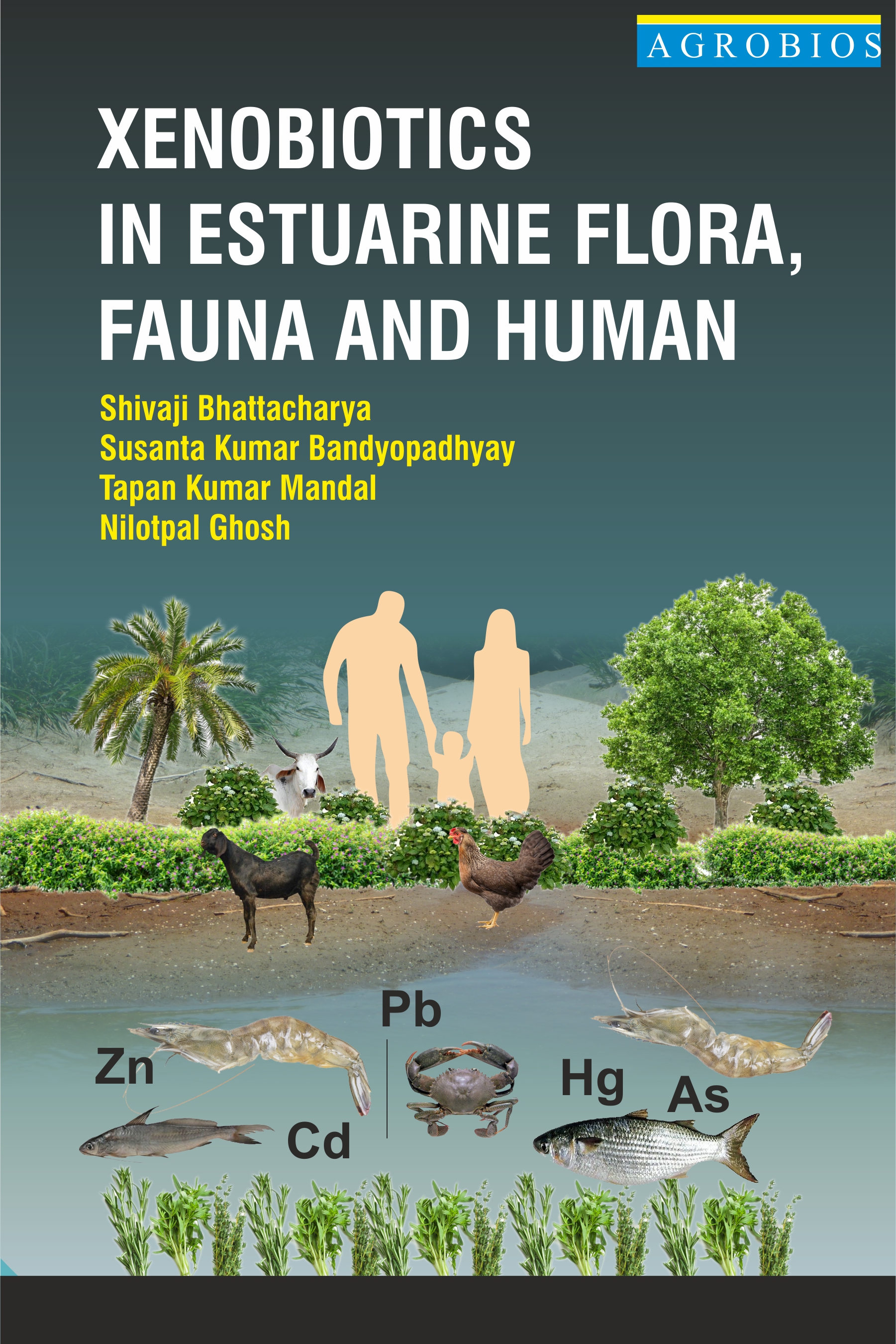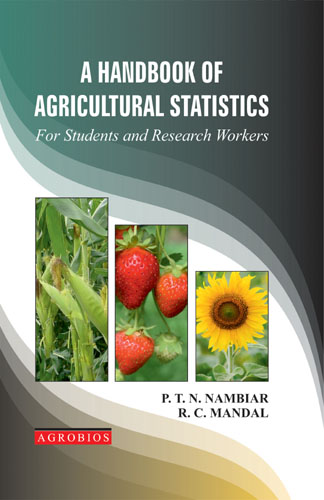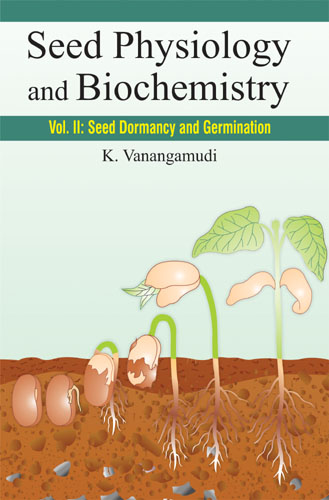Animal Biotechnology (3rd Ed.) FEATURED
Biotechnology as any technique, that used living organisms to make or modify a product, to improve plants or animals or to develop microorganisms for specific uses. The document focuses on the development and application of modern animal biotechnology based on new enabling techniques of animal tissue culture, genetic and protein engineering, enzyme and recombinant DNA technology, gene cloning, human and animal health, production of anti-microbial drugs, the general manipulation of genes by selective breeding and techniques such as artificial insemination, embryo transfer, etc.
To date, genetic progress in livestock breeding programmes has relied either on breed substitution or upon the traditional quantitative genetic approach of testing and selection. The rate of progress possible is dependent upon selection intensity and generation turnover. Actual progress is usually lower than that theoretically possible. Biotechnology provides means of increasing selection intensity - the MOET could double the rate of progress in dairying. Cloning provides a method of obtaining information without the delay of progeny testing. Transgenic rabbits, sheep and pigs have been produced. The limitation at present is the knowledge of major single gene effects in farm animals and considerable effort will be required to identify such effects. There is only limited effort in this area on farm animals. It is essential that any gene transfer is considered in terms of the overall effect on production efficiency - correlated effects could have important consequences. The importance of considering the implications of genotype environmental interactions is raised. Genetic engineering can be used to complement traditional methodology of quantitative genetics - in order to be of real significance biotechnology should provide an average improvement equal to that of traditional methodology.
Ranga MM
555
Table of Contents..
- Animal Biotechnology: An Overview
- Cells in Culture: An Introduction
- Tissue Culture Medium
- Initiation of Cell Culture - Primary Culture
- Cell Lines
- Selection and Cloning of Cells
- Characterization and Preservation of Animal Cells
- Scale Up of Animal Cell Culture
- Fermentors
- Enzymes in Genetic Engineering (Nucleic Acid Enzymology)
- Gene Cloning Vectors
- Techniques for Genetic Engineering
- Gene Cloning, Gene Transfer and Expression of Induced Genes
- Artificial Animal Breeding
- Facts About Transgenic Animals
- Transgenic Animal Technology
- Techniques for Producing Transgenic and Smatotransgenic Animals
- Transgenic Mice
- Transgenic Fishes
- Transgenic Sheep and Goat
- Transgenic Livestock
- Pharming Transgenic Farm Animals
- Applications of Transgenic Animals
- The Future of Transgenic Organisms
- Immunology and Serology
- Hybridoma Technology and Monoclonal Antibodies
- Tissue Grafting and Engineering
- Gene Therapy
- Animal Health Biotechnology
- Antimicrobial Drugs and their Sensitivity Tests
- Neoplasia
- Human Pathogenic Viruses and Aids
- DNA Fingerprinting
Appendix
- Safety and Regulatory Arrangements in Biotechnology
- Hepatitis-B (Hb)
- Monoclonal Antibodies and Lymphatic Filariasis
- Some Interesting World Wide Web Sites
Glossary
Selected Bibliography
Subject Index
Table of Contents..
16.
20.
Book Details
Book Title:
Animal Biotechnology (3rd Ed.) FEATURED
Animal Biotechnology (3rd Ed.) FEATURED
Book Type:
TEXT-CUM-REFERENCES BOOK
TEXT-CUM-REFERENCES BOOK
No Of Pages:
512
512
Color Pages :
0
0
Color Pages :
0
0
Book Size:
AMERICAN ROYAL (6X9)
AMERICAN ROYAL (6X9)
Weight:
1000 Gms
1000 Gms
Copyright Holder:
All Rights Reserved
All Rights Reserved
Imprint:
M/s AGROBIOS (INDIA)
M/s AGROBIOS (INDIA)
Readership:
PG STUDENTS | UG STUDENTS |
PG STUDENTS | UG STUDENTS |




















